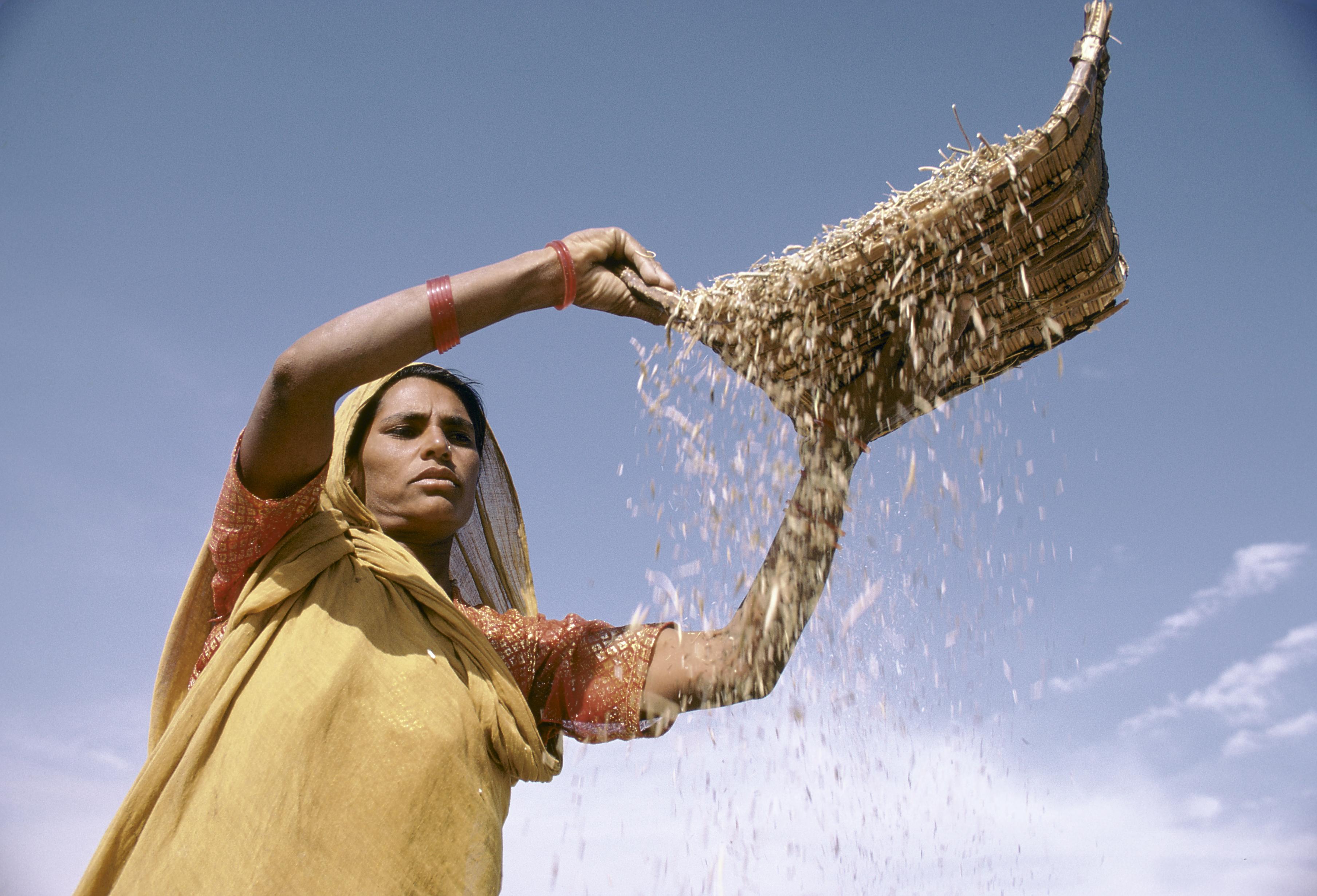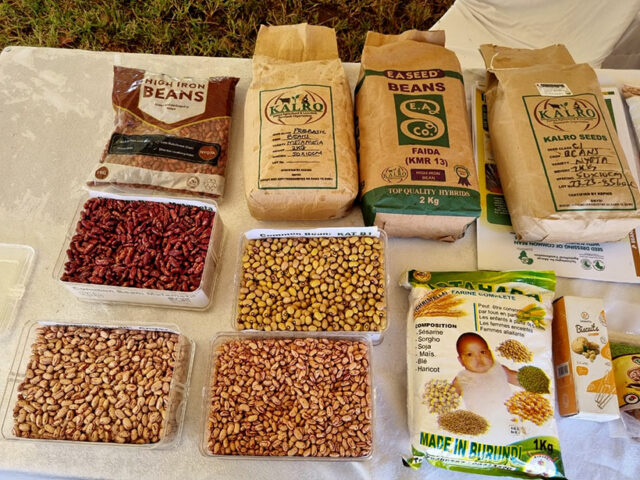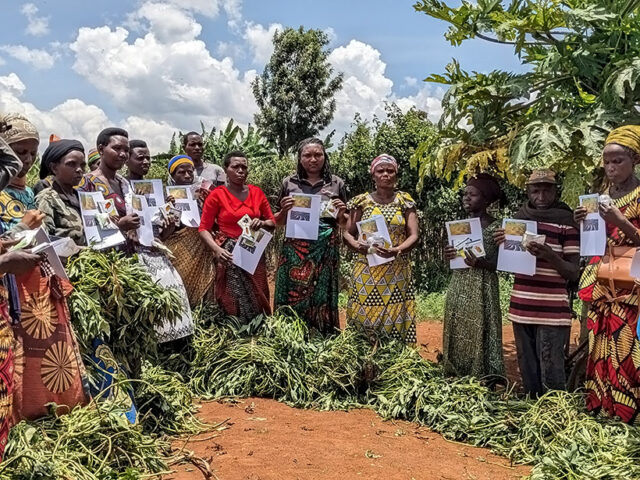
The recent surge in protectionist trade measures around the world has revived debates about who benefits in the end from tariffs on, say, steel or soybeans. Tariffs are just one of a much broader range of policies that affect incentives for domestic producers and consumers. For example, in agriculture, tariffs on soybean imports may coexist with input subsidies or direct income support to grain farmers, or subsidies on milk prices to protect consumers. What is the net effect of these multifaceted policies on producers and consumers?
The Agricultural Incentives (Ag-Incentives) Consortium provides a database with common and well-defined indicators to identify how this array of policies—their incentives and disincentives—adds up to affect suppliers and consumers of agricultural products. The data show how governments have enacted polices in reaction to changes in world market conditions and food price crises.
Photo credit: Ray Witlin / World Bank



